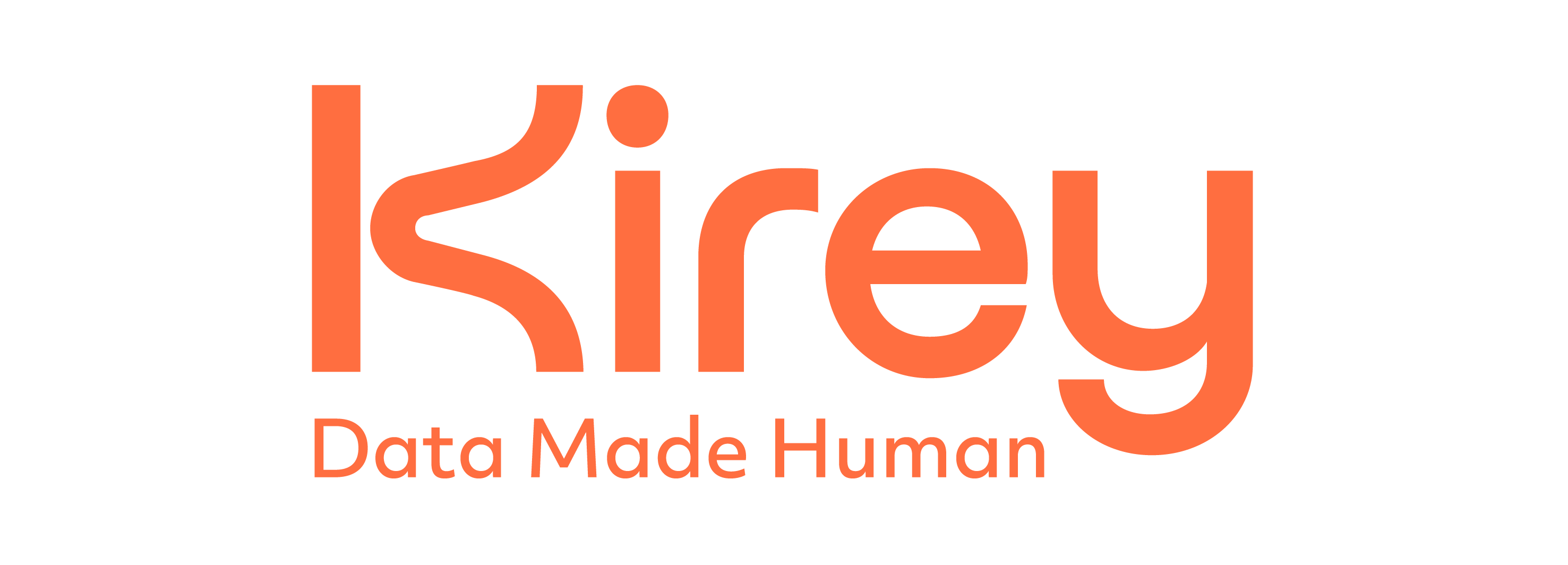Why do increasingly complex and dynamic applications require joint and synergistic work from two fields that tend not to be integrated?
By Stefano Bertolin, Senior Manager, Observability & Quality Assurance, and Marco Parrello, QA Service Manager, Kirey Group
In the age of the digital economy, applications have become the business tool of choice: the global application development software market is expected to reach approximately $328.3 billion by 2032. The pressure registered by companies to constantly modernize application fleets and create new business value by taking advantage of the many opportunities of the hybrid and multi-cloud landscape is therefore constant; one rule reigns supreme in application management: disservice is not contemplated.
Especially in areas such as e-commerce, even one hour of disruption can have a very high economic impact. That's why Full Stack Observability (FSO), as a discipline that aims to provide a holistic view of the entire IT infrastructure, and Quality Assurance (QA), which is concerned with ensuring that an application meets expected quality standards, are gaining in importance.
The former is typically associated with production environments, while the latter with non-production environments: but how and why can they effectively connect and develop unprecedented synergy?
FSO and QA: two necessary accomplices
Any product that wants to be successful must be of quality. Even a small application must operate at its best, and from this perspective, while QA focuses on verifying its proper functioning through various types of testing, observability focuses on the continuous check of the overall health of the IT stack and the user experience.
Traditional software testing, conducted in pre-production or staging environments, focuses on validating the correct functioning of the system. However, until services are executed in the production environment, it is not possible to cover and anticipate all the scenarios that may occur. This is where observability comes into play, thanks to which it is possible to have a comprehensive view of the infrastructure and user performance, as well as to prevent downtime through telemetry data, such as logs, metrics, and traces.
FSO, in particular, makes it possible to view from a single panel not only how the application works but also how the entire IT infrastructure behind the application is functioning.
The Murphy's Law also affects apps
Observability and testing are two issues that are often still perceived as non-essential. The reasons often lie in budget constraints, but also in evaluation: an application can work even without rigorous testing and monitoring activities, but it will be more realistically subject to problems and downtime.
Observability and QA can be tailored like tailored clothes. Even with a limited budget, effective solutions can be implemented, keeping in mind three main guidelines:
-
Performance tests, which verify system performance and resource usage against user load, are as important as functional tests, which simulate usage scenarios similar to those of end users.
-
By conducting tests in a structured and accurate manner before going into production, it is possible to significantly reduce downtime and its impacts on business.
-
It is essential to measure the availability and performance of applications in the production environment through appropriate KPIs, to keep their operation under control and to provide development teams with useful information on any optimizations and improvements applicable.
A combined approach of observability and quality assurance, therefore, aims to bring all business stakeholders to the decision-making table, connecting application performance to business results, so that all involved parties can work together and prioritize what matters most.
What to fix first, what to rebuild, and what to optimize: around these decisions will revolve around the strategies aimed at preserving customer loyalty and maximizing the revenues of one's digital business.

